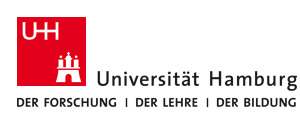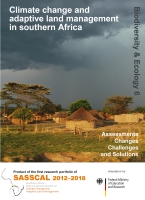
|

Department of Biology Institute of Plant Science and Microbiology |
| Division BEE > Biodiversity & Ecology > Vol.6 > Article 5.1 |
Biodiversity & Ecology
Journal of the Division Biodiversity, Evolution and Ecology of Plants , Institute for Plant Science and Microbiology, University of Hamburg.
Food security Research article Open Access Deforestation for agricultural expansion in SW Zambia and NE Namibia and the impacts on soil fertility, soil organic carbon- and nutrient levels
Resumo: Nas terras áridas da África Austral, a conversão contínua de fl oresta para agricultura de subsistência é um factor importante de desfl orestação. O nosso estudo no Nordeste da Namíbia e Sudoeste da Zâmbia avaliou o potencial dos satélites operacionais de observação da Terra na caracterização dos processos de alteração do uso das terras e na quantifi cação dos seus impactos nas concentraçoes de nutrientes e de carbono orgânico no solo (SOC). Descobrimos que a área de uso agrícola aumentou em 24% entre 2002 e 2013, sobretudo à custa da vegetação natural (i.e. fl oresta). Esta conversão causou um declínio em SOC e N total, havendo uma tencência de aumento do P disponível para plantas nos solos de antigos campos agrícolas. Os efeitos foram mais pronunciados no Nordeste da Namíbia, onde as reservas de SOC totais eram 19,6% (±18.4 SD) mais baixas em terras agrícolas que em fl orestas. Além disso, as perdas de SOC e N total tenderam a resultar no declínio dos rendimentos previstos do milho calculados com o modelo QUEFTS em ~15%, quando comparados com solos de antigos campos agrícolas e fl orestas. No geral, os nossos resultados indicam que a continuação a longo prazo da agricultura arável de subsistência pode reduzir a fertilidade do solo.
Suggested citation: |
